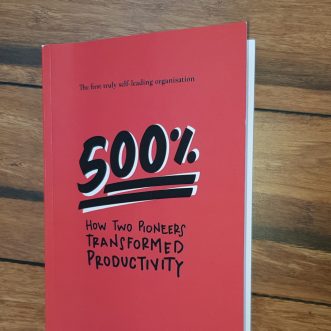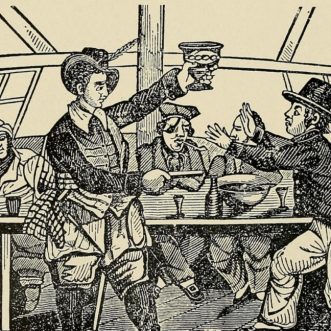
Dictatorship
“This is not a democracy, it’s a benevolent dictatorship.”
As kids we occasionally questioned the benevolence. My mother must have questioned the dictatorship. Often.
Because more often than we sullenly submitted to some arbitrary (to us) command, we found ways to do exactly what we wanted. Mostly by simply doing them out of sight.
Looking back, its clear that much of this dictatorship came from inability, not unwillingness. We simply couldn’t afford stuff. But talking about this would have meant explaining why we couldn’t afford it, which in a nutshell was because there were too many of us for the income. And my parents never wanted any of us to feel unwanted or unloved.
Still, a bit of participatory democracy might have made things easier. We could have come up with ideas for saving money and priorities for spending it that we all agreed on.
It’s often said that small businesses are like families. And as ‘The Boss’, it seems easiest to run things as a ‘benevolent dictatorship’. But how much is going on out of your sight? How many good ideas are you losing? How much help are you missing out on?
Dictatorships, no matter how benevolent, aren’t just unfair. They’re inefficient and fragile. And in the long run, unsustainable.
Participation makes daring scalable.








